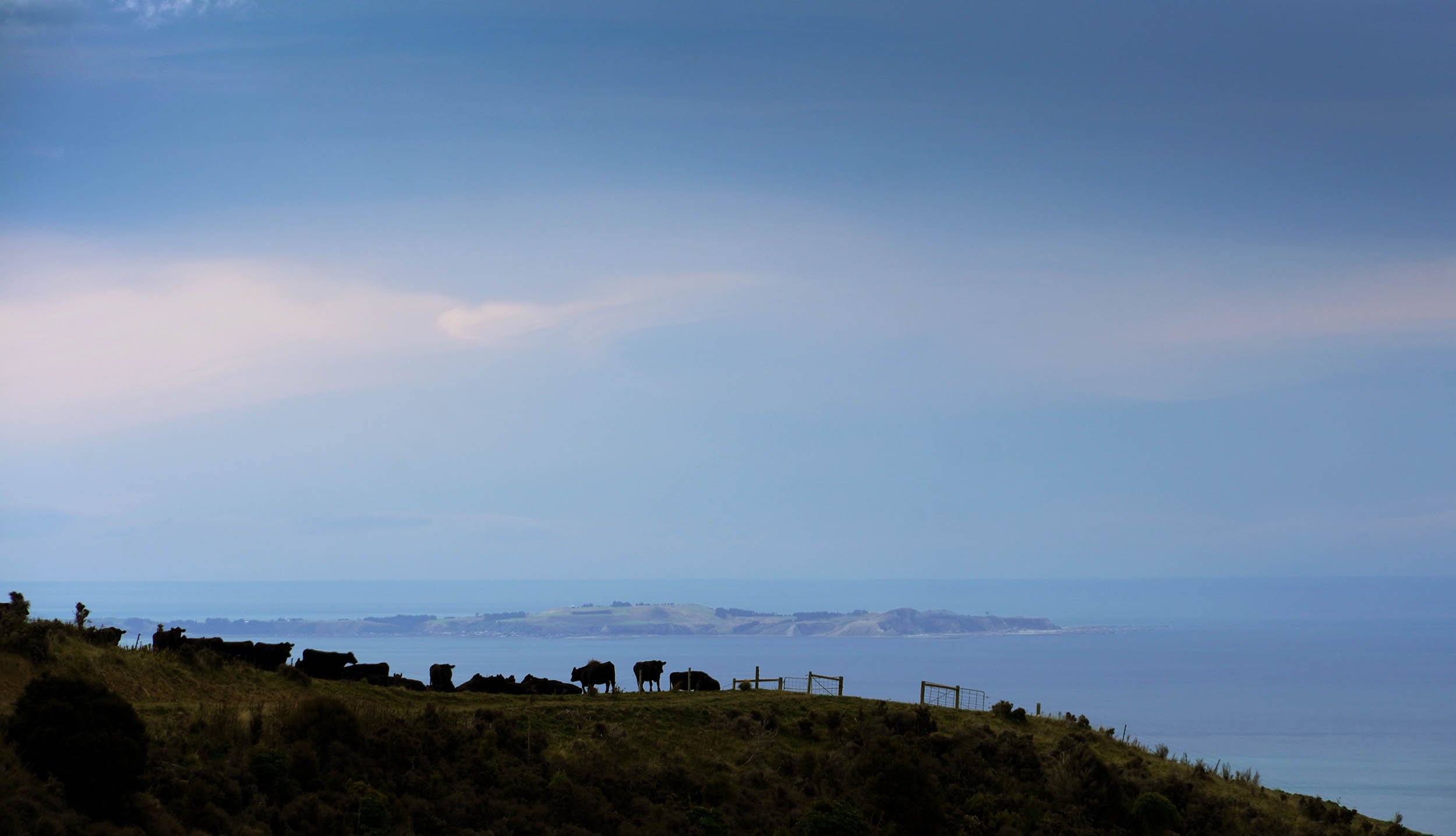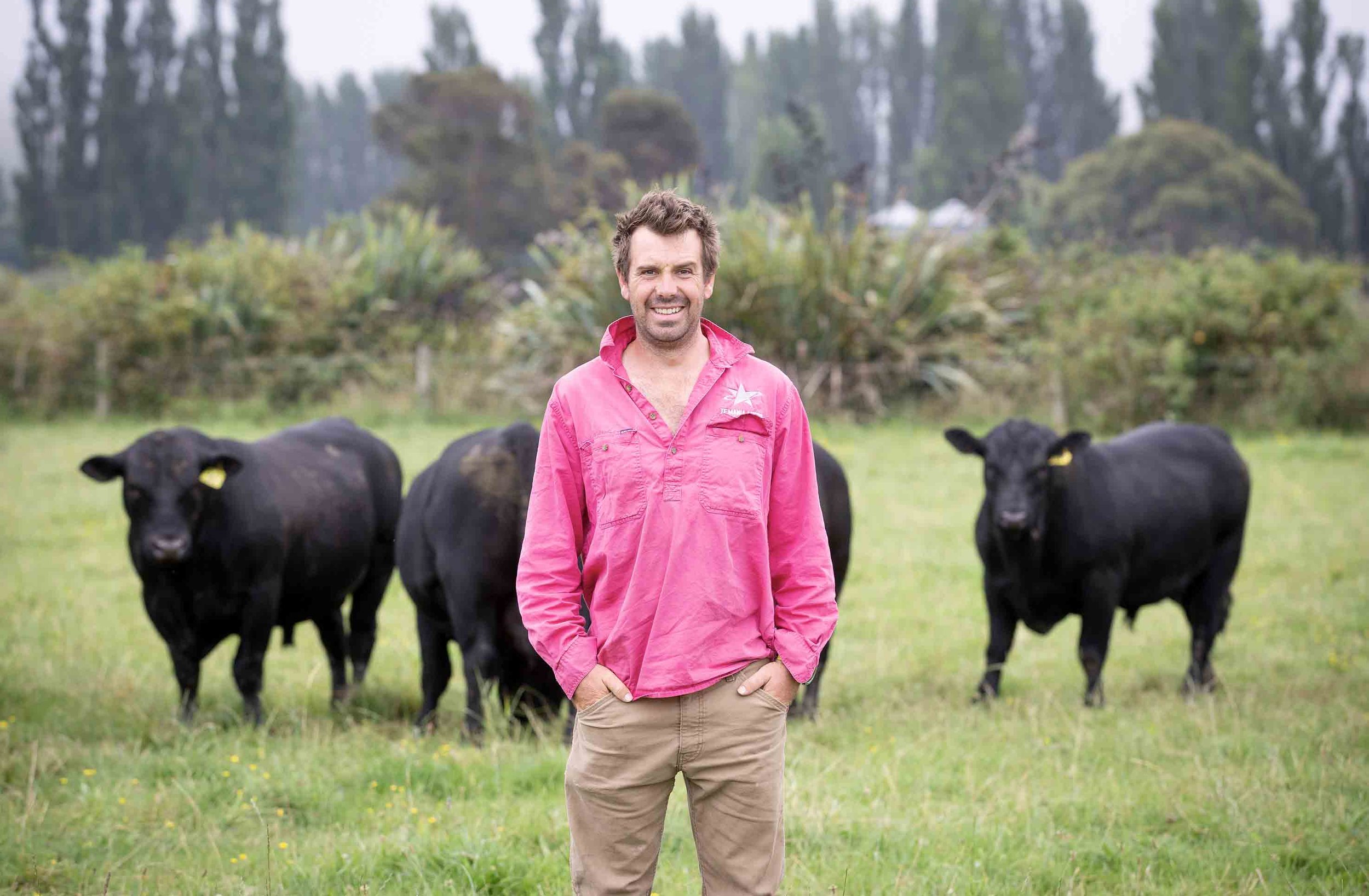
THE BEST GENETICS IN THE WORLD
+
TECHNOLOGY
=
MAXIMUM PROFITABILITY
Yearling Bull Sale
15 October 2025
An efficient path to Profitability
AngusPRO Magazine 2023
It was a bold move for 24-year-old Will Wilding to ditch his job in Canada’s oil fields and move home to the family farm. He was tasked with taking on a different kind of black gold ‒ the four-legged, fast growing and well-eating kind that roams the rugged hills of Te Mania in Conway Flat, North Canterbury.
Will was the stock manager back in 2014, working under the guidance of the late Lindsay Haugh. The stud was very similar then to what it looks like now, with a lot of technology and commercial farming practices in use, however, Will’s innovative mind wouldn’t rest and he was determined to take things to a new level.
Using Percentiles for Bull Selection
Angus bulls sold within New Zealand are registered in two different databases — Angus Australia (AngusPRO animals) and Angus New Zealand. The TACE percentiles in sale catalogues are only relevant to the population they are compared against, meaning you can compare one AngusPRO animal against another, but these percentiles can’t be compared across different breed societies i.e. animals registered with Angus NZ.
It is however important to note that the TACE EBVs themselves are comparable. For most EBV traits, the direct EBV is comparable to establish expected progeny performance differences, however, where the animal sits in reference to the rest of that population (its ranking) can be substantially different across the Angus Australia and Angus New Zealand societies.
Let’s look at the breed average for IMF. Angus Australia’s 50th percentile is +2.2 whereas Angus NZ’s 50th percentile is +0.8 (April 2023 TACE analysis). If you’re selecting bulls based on percentiles, please ensure you are aware of the population they’re compared with, or check the actual EBV figures carefully.



